Since ancient times, our ancestors have had a folk song and proverb: "La melon, Lang eggplant, Bang spring rolls, Ban sauce". With its characteristic rich and sweet flavor, Ban village sauce or Ban sauce has become an indispensable dipping sauce on the dinner table of many Vietnamese families.
Few people know that to make this special dipping sauce, Ban village (now Ban Yen Nhan ward, My Hao town, Hung Yen province) has its own secret recipe from longan leaves, earthenware jars and village well water.
According to legend, the soy sauce making profession in Ban village has existed for a long time. Up to now, in Ban village, there are still many households maintaining and developing the traditional soy sauce making profession. Right from the first days of making soy sauce, Ban villagers used longan leaves to incubate mold and cover the mouth of the soy sauce jar. Longan leaves have the ability to retain heat well. Especially in Hung Yen - a place famous for Long longan. Mr. Ngo Xuan Trieu shared that: "The soy sauce jars incubated with longan leaves, after becoming soy sauce, will have dark brown spots on the surface, due to the accumulation of moisture from the longan leaves".

When asked about the difference of Ban village soy sauce compared to other regions such as Cu Da soy sauce, Duong Lam ( Hanoi ) or Nam Dan soy sauce (Nghe An), Mr. Vu Duy Hai said: "People in each place have their own style, so it is natural that making soy sauce is different, but perhaps water is one of the "secrets" that makes Ban soy sauce taste different from soy sauce in other places". Mr. Hai revealed that when making soy sauce, rainwater cannot be used because there is acid in rainwater and boiling water cannot be used because boiling water will kill the yeast. To produce a unique delicious taste that cannot be found anywhere else, Ban soy sauce makers must use water from the village well.

The Ban village well has existed for a long time, with a crescent shape at the base of an ancient banyan tree, its roots intertwined. The water in the well is strange, half cloudy and half clear like two sources of two streams connecting to each other.
In Ban village, it is easy to find handmade earthenware jars that are 50 - 70 years old. The soy sauce produced from old jars will be more delicious and sweeter than modern earthenware jars. Although hardened by fire, the jars still retain the porosity of the soil, without leakage or permeation. At the same time, with the wide mouth feature, the maker can actively check the condition and taste to adjust regularly. The large mouth of the jar also makes it easy for users to scoop soy sauce when using, which is extremely convenient.

Although the ingredients for making soy sauce are not complicated, to make a batch of delicious soy sauce with rich flavor, the maker must be extremely meticulous. Mr. Hai shared: "Making soy sauce is not difficult, but to make standard traditional Ban soy sauce, not everyone can do it."
Making soy sauce includes the main steps of molding sticky rice, fermenting soy sauce and fermenting. The first step is to choose rice to make mold. The rice must be golden sticky rice, large, unbroken grains, moderate whiteness when making, only rubbing the rice, keeping the bran to make the soy sauce sweeter. The villagers call this sliding rubbing. After that, the rubbed rice is steamed into sticky rice. Wait until it cools, then scoop it out onto a tray (sieve) to prepare for the molding step. According to the traditional way of making of our ancestors, the sticky rice must be covered with longan leaves because longan leaves have the ability to retain heat well.

Mold incubation is one of the important factors that directly determines the quality of the entire batch of soy sauce. If the mold is slimy, sour, too moist, infected with black mold and other types of mold, the soy sauce after fermentation will be sour, have bad color and lose its sweet and fatty taste. Therefore, when the sticky rice is covered with white mold, people use their hands to squeeze the sticky rice grains so that every grain is covered with mold. Then cover with cloth, longan leaves and wait for the mold to grow back.
With soybeans, you need to wash them until the water is clear, and remove any damaged or flat beans. When roasting, you must use a thick-bottomed pan and stir constantly to prevent the soybeans from burning. The evenly cooked soybeans are crushed by the soy sauce maker.

The last step is also equally important, which is the step of fermenting and fermenting the soy sauce. When fermenting the soy sauce, you need to pay attention to the ratio of salt, water, and mold to get a delicious, sweet, fragrant, and rich finished product.
In particular, making soy sauce requires the most “sunlight”, otherwise the soy sauce will be rancid, meaning it will not have the right flavor. People in Ban village usually make soy sauce from the third to the eighth lunar month every year because this is the time when the North receives the most sunlight. At the same time, the soy sauce needs to be stirred every morning.

Perhaps the only thing that never changes is that to produce a batch of delicious, non-smelling, and just-right-sized soy sauce requires the Ban soy sauce maker to have many years of experience, perseverance, and patience. Therefore, for the people here, Ban soy sauce is not just a dipping sauce but also a traditional cultural beauty. The people here share that: "Working hard day and night is not to get rich but to preserve the traditional craft village".
| From the beginning of 2023, Ban village will produce 100,000 liters of soy sauce per month. In the month before Tet, production and consumption increase by 20% compared to normal months. | |
Source





![[Photo] Prime Minister Pham Minh Chinh chairs the national online conference on combating smuggling, production and trade of counterfeit goods.](https://vphoto.vietnam.vn/thumb/1200x675/vietnam/resource/IMAGE/2025/6/23/4a682a11bb5c47d5ba84d8c5037df029)
![[Photo] Prime Minister Pham Minh Chinh holds meeting to launch exhibition of national achievements to celebrate 80th National Day](https://vphoto.vietnam.vn/thumb/1200x675/vietnam/resource/IMAGE/2025/6/23/0c0c37481bc64a9ab31b887dcff81e40)





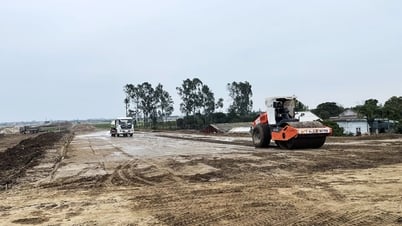







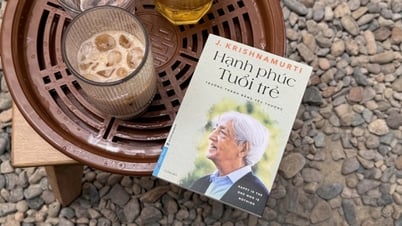
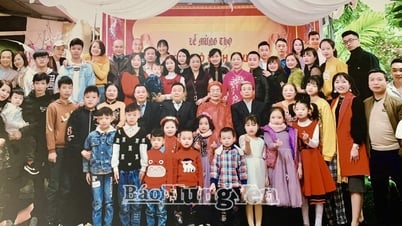





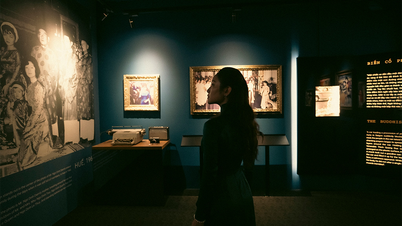
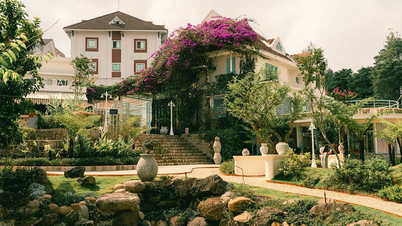



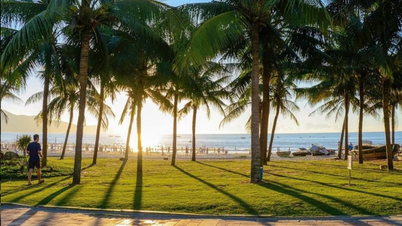
![[Photo] Party Congress of the Central Internal Affairs Commission for the 2025-2030 term](https://vphoto.vietnam.vn/thumb/1200x675/vietnam/resource/IMAGE/2025/6/23/5bf03821e6dd461d9ba2fd0c9a08037b)







































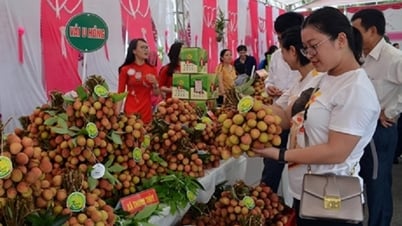



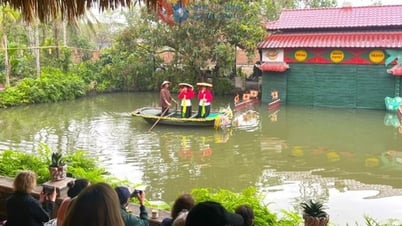


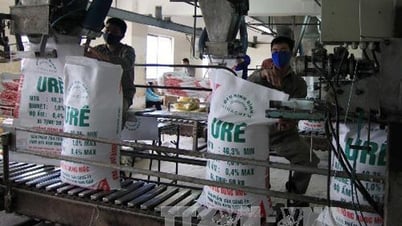

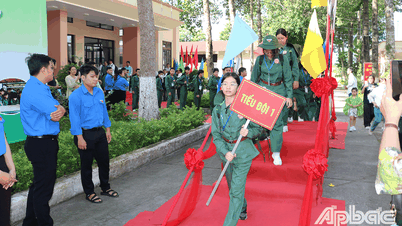




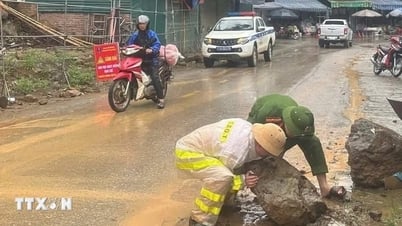

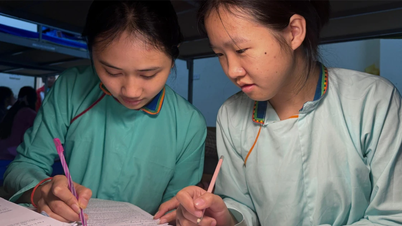








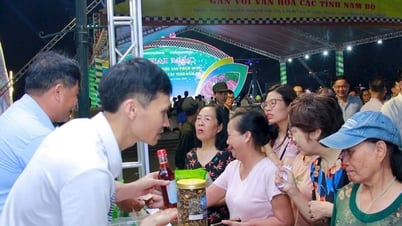


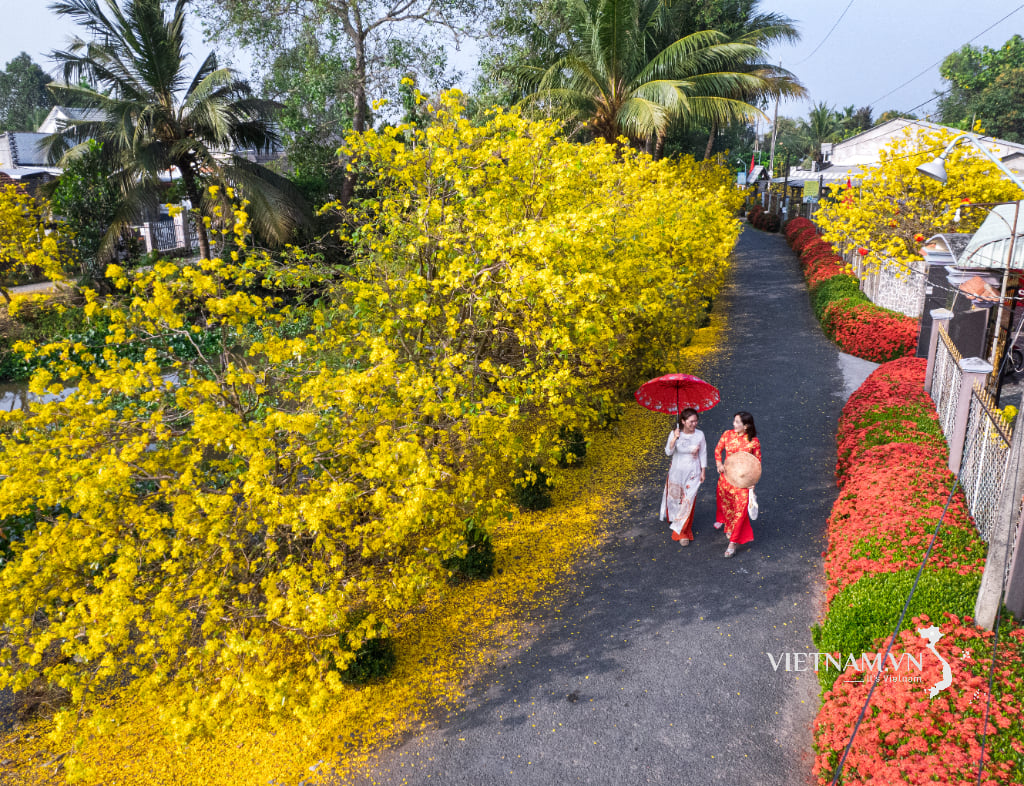

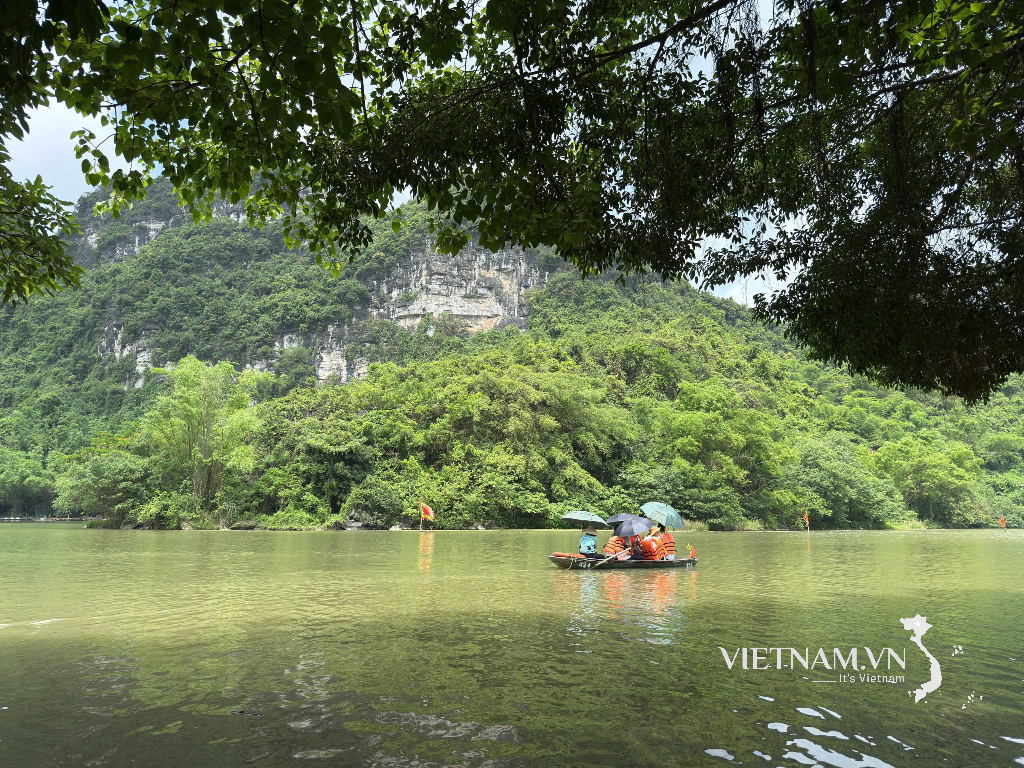

Comment (0)